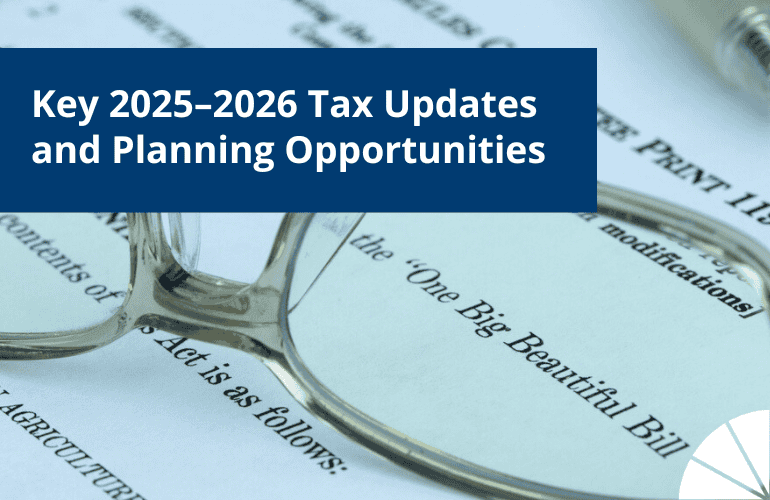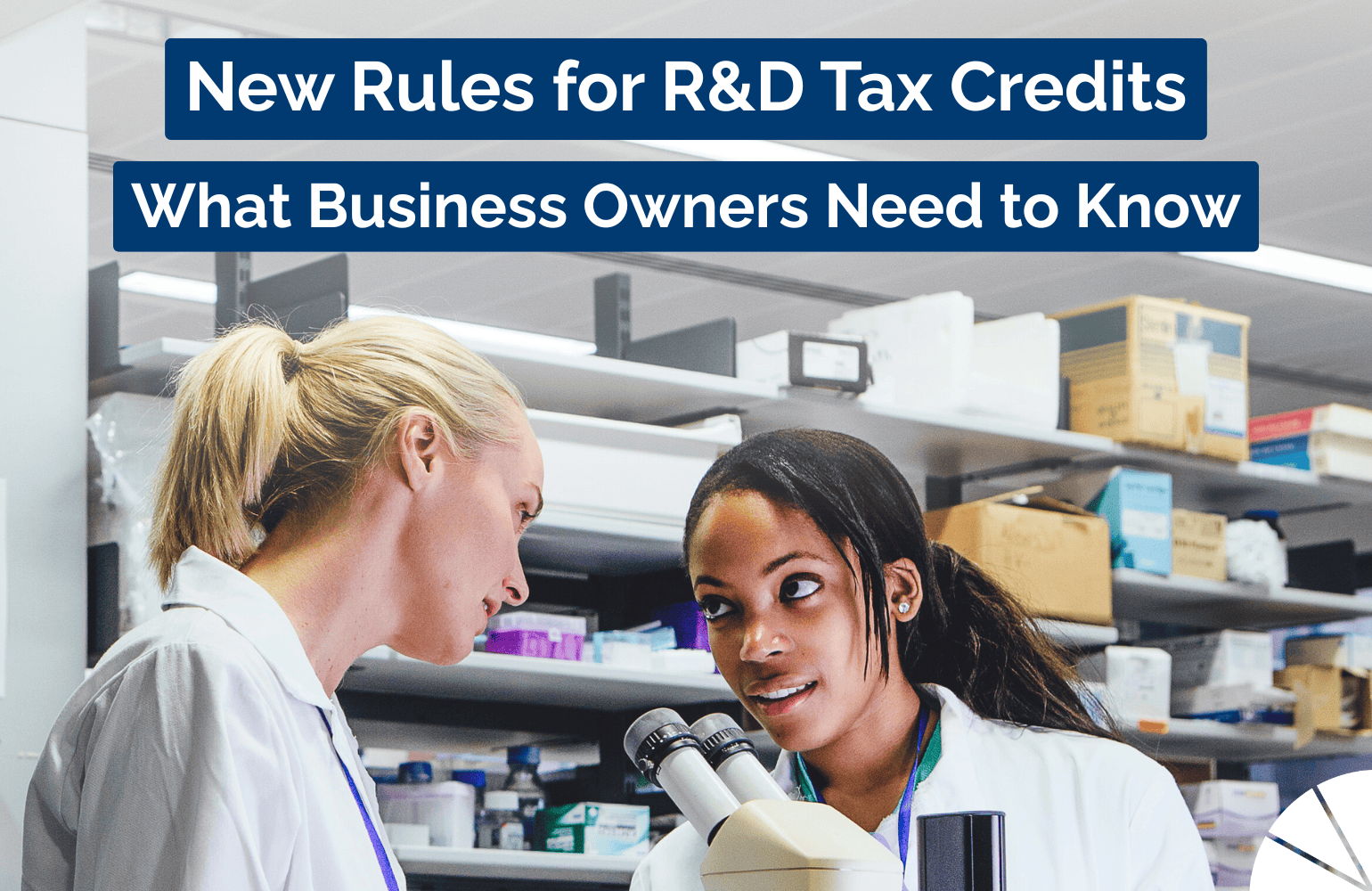
The scientific method may not be a process we all remember fondly from our school days. No doubt, as a business owner or nonprofit leader, trial and error via bunsen burner is likely the farthest thing from your mind. However, in the post-pandemic business world, certain financial and operational aspects may feel a little more like scientific experiments. The first step is simply to make an observation. So the observation here is that if your business or organization received COVID-19 relief in 2020 or 2021 from programs such as the Employee Retention Credit (ERC) or the Paycheck Protection Program (PPP), you will have some additional variables in the mix as you prepare your financial statements. And the question we need to answer: How will reporting COVID-19 relief affect your financial statements and bank covenants?
Depending on the way you record relief income, your financial statements will either show an influx in income or debt. Trickier still, the method you choose can have unintended, outlying effects, which can jeopardize your ability to meet bank covenants. To add a little more madness to your scientific financial reporting method, US generally accepted accounting principles (GAAP) do not specifically address COVID-19 relief, such as the ERC or PPP loans. Official guidance allows relief recipients some discretion in choosing how that information is recorded in their financial statements, so recipients need to be able to hypothesize and predict the most favorable outcome for their circumstances. But this is where I will deviate from the traditional scientific approach. Let’s take a look at the options for recording the ERC and PPP loans as well as some bank covenant considerations.
Recording the ERC on Your Financial Statements
For-profit ERC recipients may elect to account for the credit in accordance with IAS 20: Accounting for Government Grants and Disclosure of Government Assistance. In this case, you recognize the assistance only when you have “reasonable assurance” (a phrase that is very loosely defined for this purpose) any conditions attached to the assistance will be met, and you will receive the funds. At that time, you record the earnings impact of the grants, either as other income or an offset to related qualifying expenses, over the periods in which you recognize the costs the grants are intended to pay for.
For-profit ERC recipients may also elect to consider the ERC as a nonexchange transaction with a governmental entity that is accounted for as a conditional contribution in accordance with Subtopic 958-605: Nonprofit Entities, Contributions Received. If you are a nonprofit, this method is not elective but rather the method to which you’re bound for reporting the ERC. If you receive the ERC as an advance, you record a liability for the cash received. When the conditions to earn the credit are substantially met, you may record the amount as grant revenue or other income.
Recording PPP Loans on Your Financial Statements
There are two methods for recording your PPP loan: Debt & Gain Contingency. Regardless of the method you choose, your loan should be presented on your balance sheet. Once the loan is forgiven, you can recognize the forgiven proceeds as other income or as a gain on loan forgiveness. However, the timing of the income recognition could vary depending on the method chosen.
PPP recipients may choose to record the loan as a liability on the balance sheet under ASC 470: Debt. Under this option, entities record interest as it would be with any other financing arrangement. Some of the variables involved are dependent on where you are in the PPP process. For example, whether you have or have not yet submitted your application for loan forgiveness. After you apply for loan forgiveness and have been legally released from the debt, you record a gain on extinguishment of debt. Additionally, you exclude the gain from operating income. The financial statement disclosures for this method are similar to those for other types of debt.
Alternately, PPP recipients may choose to follow ASC 450-30: Gain Contingency or Subtopic 958-605: Nonprofit Entities, Contributions Received and recognize the earnings impact when all contingencies have been met and the gain related to the forgiveness of the PPP loan is either realized or realizable. In this case, you initially record the proceeds as a liability, but as the forgivable costs are incurred, you record the earnings impact. While there isn’t as much specific guidance on this method, the AICPA issued Technical Question and Answer (TQA) 3200.18 to help guide PPP borrowers through the accounting process. However, the financial statement disclosure requirements under the gain contingency method are not clearly defined. But, even if formal guidance doesn’t exist, borrowers are still responsible for adequate disclosure of material PPP loans in the notes of their financial statements.
PPP Loan and Bank Covenant Considerations
Generally, loan agreements contain three types of loan covenants: negative, affirmative, and financial. Depending on the terms of the loan agreement, a breach in any one of these covenants could cause you to default on the loan, so understanding the scope of the covenants in your loan agreement is essential.
Negative covenants are the loan terms that restrict you from certain actions, whereas affirmative covenants are your promises to take specific actions in order to comply with the loan agreement. The effects of a PPP loan on many covenants likely presented themselves before or since borrowers received their loans. For example, if there is a negative indebtedness covenant in your existing credit facility, incurring indebtedness from a PPP loan may not be permitted. However, in many cases, these borrowers were able to request an amendment or consent from their existing lender to allow for the incurrence of the PPP Loan. But it likely came with the addition of certain affirmative covenants, such as your promise to apply for forgiveness promptly or to use the proceeds only to cover forgivable expenses.
Now, the risks mainly lie in the potential impacts of your PPP loan on your financial covenant calculations under the loan agreement. For example, special consideration should be taken for loan proceeds when calculating your leverage and other financial ratios to avoid both the impacts of inflated debt or inflated income due to the impact of PPP and ERC. Luckily the bank you received the PPP loan from is typically the same one examining these ratios. But it is prudent to get ahead of these conversations now to make sure everyone knows what to expect when it comes to reporting time.
Many of these financial statement considerations hinge on where you are in the relief process. PPP borrowers, for example, may be accounting for a first draw loan in 2020, a second draw loan in 2021, or both. Your loan forgiveness application may already be in progress, or you may be preparing ahead of submitting your application. The story is much the same for the ERC, with outcomes dependent on whether the credits are claimed for 2020, 2021, or both.
While all of these moving parts can make it feel like a PPE-worthy science experiment, the Audit & Assurance team at LGA is well-equipped to find the right science behind an optimal method of reporting your COVID-19 relief on your financial statements while keeping your financial covenants in check. I want to help you maximize the benefits and avoid unintended consequences. If you’re ready to hypothesize further, contact me today.

Matt Touma is a partner at LGA and leads the Audit and Assurance Team, leveraging years of servicing and advising owner-managed businesses. He brings a well-rounded skill set to his engagements, having managed both the A&A and tax compliance of his engagements. Matt focuses on ensuring that each client’s unique needs are being addressed. He stays abreast of changes in the accounting standards affecting his clients and works with their management teams to ensure they are timely in adopting the appropriate changes while effectively educating them on how they affect the company and related constituents, such as investors and lenders.





